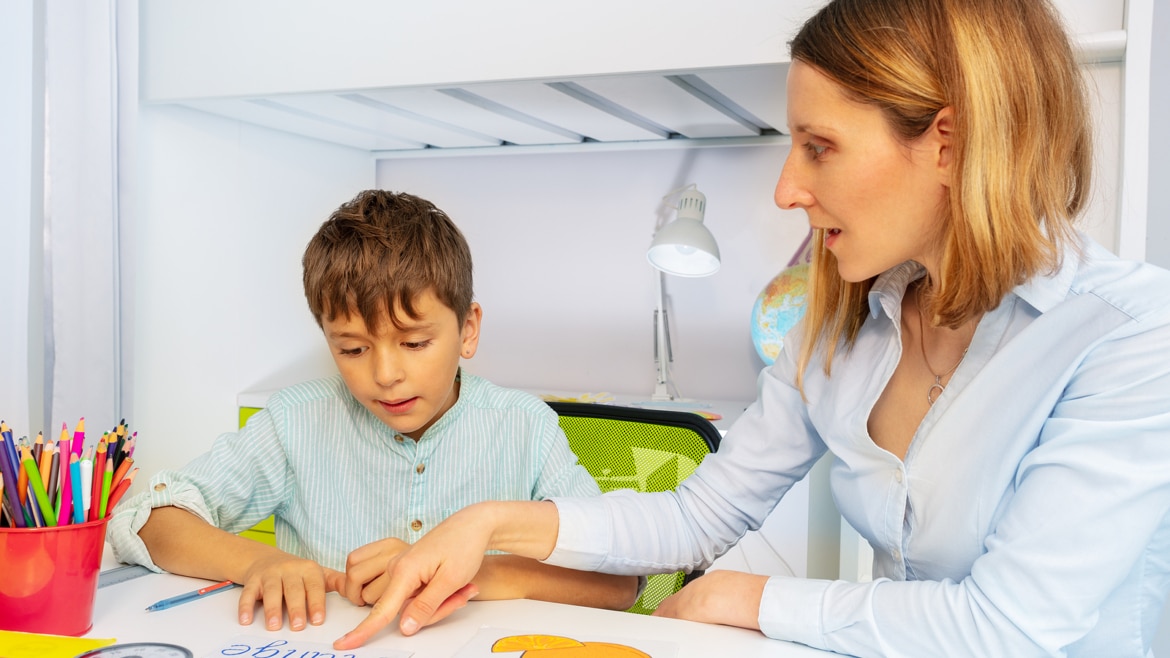What is ABA Therapy?
The ABA therapy, also known as Applied Behavior Analysis, is a form of treatment based on the science of behavior. It is used to increase or decrease targeted behaviors to improve the quality of life for individuals with developmental disabilities. The components of ABA therapy are highly individualized and based on each client’s specific needs. However, some common components of ABA therapy include discrete trial teaching, programming for generalization to the natural environment, reinforcement, prompting and fading strategies, and outcome-based decision-making.
Discrete Trial Teaching
Discrete trial teaching (DTT) is a structured, step-by-step teaching method often used in ABA therapy that involves breaking down a skill into smaller steps and then providing direct instruction and practice on each step. In other words, DTT is a way of breaking down a task into smaller pieces so that it can be more easily learned. The process of DTT typically includes the following steps:
- The therapist presents a cue
- The client responds to the command or question.
- The therapist reinforces correct responses with praise, attention
A cue is given —› the client responds —› a reward is given for a correct response.
(Sd) —› (R) —› (Sr)
In the above illustration, the therapist first presents a cue (Sd) to the client. Sd stands for “stimulus-discriminative.” This means that the cue signals the client that a correct response is expected. The client then responds (R) to the cue. If the response is correct, the therapist reinforces the form of attention or a tangible reward (Sr). Sr stands for “stimulus-reinforcing.” This means that the reinforcement increases the likelihood that the client will respond correctly to future cues. Let’s look at a more familiar example to help illustrate the process of DTT.
Imagine you are trying to teach your child how to tie their shoes. You begin by telling them what you want them to do: “I want you to tie your shoes.” This is the Sd or cue. Your child responds by attempting to tie their shoes (R). If they do it correctly, you praise them and hug them (Sr). The praise and hug are reinforcements that increase the likelihood that your child will respond correctly to future cues.
Teaching Generationalization
The next step in ABA therapy is to help the client learn how to generalize the skill to other people, places, and situations. This process is known as “generalization,” It is essential for helping clients transfer the skills they have learned in therapy to other areas and activities. In layman’s terms, generalization is where the therapist helps the client learn how to do something in one place and then carry that same skill to a different place. A skill is not deemed “learned” until it can be generalized to other people, places, and situations. There are several ways to help a client generalize a skill. One common method is known as “prompting and fading.” We’ll explore this method later.
Reinforcement
What comes to the mind when you think about “reinforcement“? Most people think of support or backup. In ABA therapy, reinforcement is any consequence that increases the likelihood of the desired behavior being repeated. Reinforcement can be as simple as a hug, or a more tangible reward, such as a toy or a treat. All ABA programs must have some form of reinforcement, essential for helping the client learn new skills.
Prompting and Fading
Prompting is a way of supporting the client so that they can complete a task correctly. There are several different types of prompts, but the most common is the use of prompting hierarchies which can be least-to-most or most-to-least intrusive. Least-to-most intrusive means that the therapist starts with the least obtrusive prompt and only moves to a more intrusive prompt if the client does not respond correctly to the first prompt. Most-to-least intrusive means that the therapist starts with the most obtrusive prompt and only moves to a less intrusive prompt if the client responds correctly to the first prompt.
Data Based decision making
ABA is a data-driven approach to therapy. This means that all decisions about the therapy program are made based on data collected during therapy sessions. Data collection is essential for tracking the client’s progress and determining whether or not the therapy program is effective. Without data, it’s impossible to know if the therapy program is working or if changes need to be made.
What is a Structured Day?
Recommended intensive intervention should be structured at least 25-40 hours per week for 12 months a year for at least two years. This can be much higher for some children, and it’s essential to tailor the treatment to meet their capacity. Preferably 15 to 20 minutes of breaks should be given every hour to reduce stress and give the child a sense of control.




